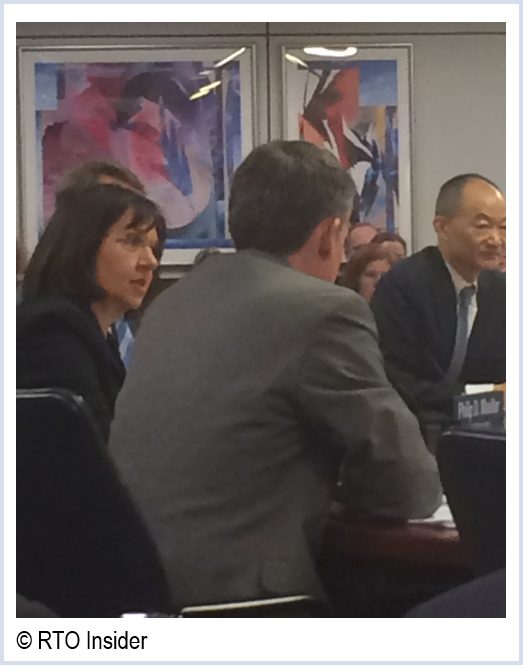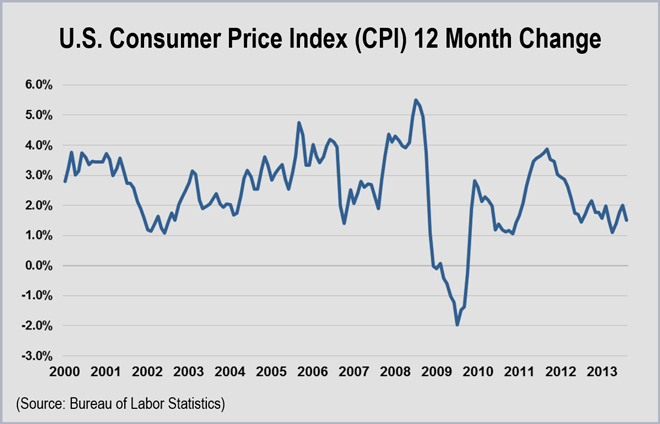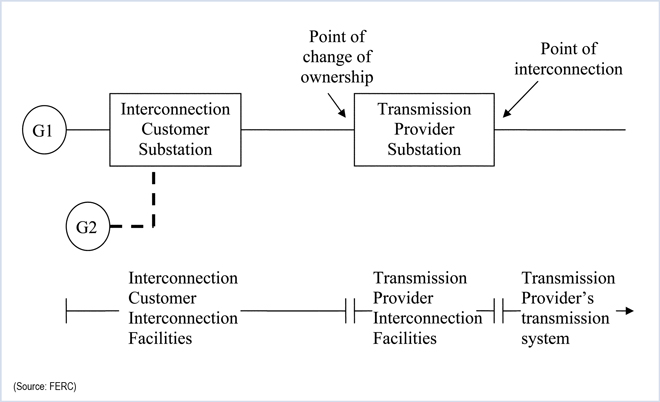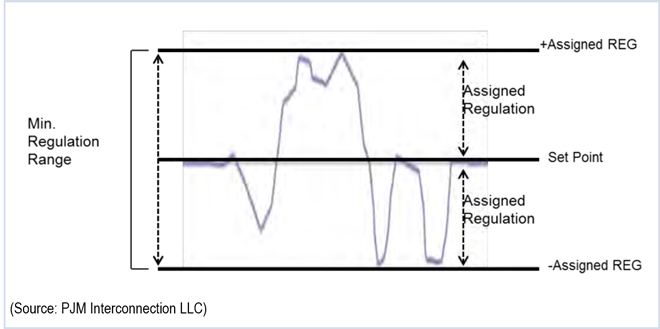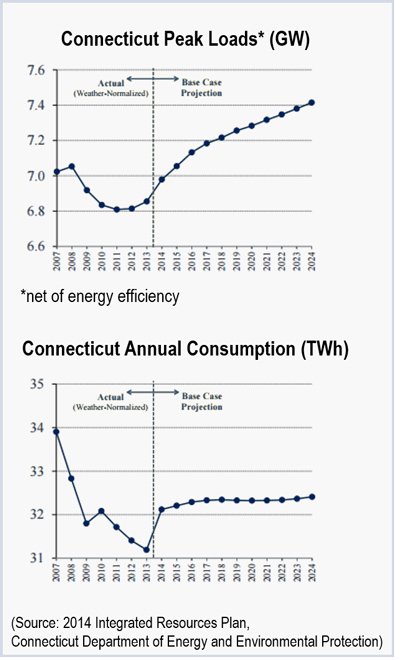By Rich Heidorn Jr.
WASHINGTON — Chairman Cheryl LaFleur gaveled her final Federal Energy Regulatory Commission open meeting last week, nearing the end of a tumultuous 16-month term.
LaFleur, who was confirmed to a second, five-year term on the commission in July, is turning over the chairmanship to former FERC Office of Enforcement Director Norman Bay effective April 15.
Bay will assume the chairmanship under an unprecedented deal between the White House, which wanted Bay named chairman immediately, and Senate Republicans, who wanted LaFleur to remain in charge.
While LaFleur won confirmation 90-7, Bay — attacked by some Republicans for his lack of regulatory experience and controversies over his role as Enforcement director — cleared on a 52-45 party-line vote. With the Republicans now in control of both houses of Congress, he will enter the chairmanship without LaFleur’s reservoir of goodwill.
Among the immediate challenges Bay will face is how to handle protesters who have become fixtures at commission meetings. (See Protests Continue — on Camera — at FERC.) He also will be seeking consensus on the commission’s role in ensuring reliability isn’t harmed as a result of federal regulations on carbon dioxide emissions. (See FERC Seeking Its Role on Carbon Rule ‘Safety Valve’.)
LaFleur was appointed acting chairman in late November 2013 to replace Jon Wellinghoff. After LaFleur and Bay were confirmed by the Senate, President Obama removed the “acting” from LaFleur’s title.
At Thursday’s meeting, LaFleur’s fellow commissioners, FERC staffers and audience members celebrated her tenure with a standing ovation. Bay thanked her for what he called her “outstanding leadership.”
“As passionate as she is about Boston area sports teams,” he said of LaFleur, who dons Red Sox and Patriots jerseys at commission meetings when her teams are in the playoffs, “I think she’s even more passionate about the work of FERC.”
In a press conference after the meeting, LaFleur cited the commission’s work on capacity and energy markets, natural gas infrastructure, physical security of the grid and geomagnetic disturbances as among the accomplishments of her tenure in the commission’s center chair.
She also will leave her mark with appointments of new heads for the Office of Energy Market Regulation, the Office of Energy Policy and Innovation and the General Counsel’s office.
“The work of the commission takes place over a long time horizon and so I built on the work of my predecessors,” she said. “And that work will still be ongoing in the new configuration of the commission.”
She also took note of the turbulence of 2014, with uncertainty over her reappointment, the early departure of Commissioner John Norris and an inspector general’s investigation into the release of sensitive security information under Wellinghoff. (See DOE IG Warns FERC Information Security ‘Severely Lacking’.)
“From a very personal perspective, I think providing what I hope was steady and sustained leadership to the commission — at a time when it had been through a lot of upheaval during the inspector general investigation and some unexpected things that took place at a time when I didn’t even know my own future — is what … I take most satisfaction from.”
Bay’s ascension to the chairmanship may not be the last of the changes this year on the 11th floor of 888 First St. N.E.
Republican Commissioner Philip Moeller’s term expires June 30. Moeller said earlier this month he would consider a new term but gave no indication that he will be renominated.
“I’m still enjoying it,” he told RTO Insider. “I’ve gotten a lot of encouragement to stick around. But ultimately it’s up to the Senate and president. Stay tuned.”
